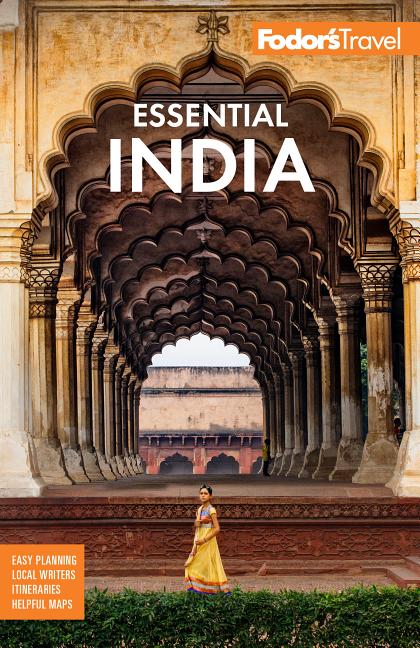Quintessential India
If you want to get a sense of India's culture and indulge in some of its pleasures, start by familiarizing yourself with the rituals of daily life. These are a few highlights—things you can take part in with relative ease.
(Almost Always) Time for Tea
Drunk throughout the day, tea (called chai) is strong and formidably sweet: it's brewed with lots of milk and spices like ginger, cinnamon, and cardamom. Everyone in India makes time for tea—housewives take their tea breaks, office workers are served at their desk, and rickshaw drivers pull over for a roadside break—and so should you. And don't worry about standing on ceremony; it's not usually a drawn out affair: the tea, served in thick glasses, disappears as soon as it’s cool enough to drink, and then it's time to get on with the day.
And Time for Tiffin
Indians want variety and big flavor in their food, and the tiniest towns as well as the biggest megapolises always have their share of tiny restaurants and stalls for buying tiffin (small meals or snacks) throughout the day. In the late afternoon, chaat (Indian street snacks) stalls set up to sell offerings that are tangy, sour, sweet, crunchy, and delicious all at once. Along the road are dhabas (roadside eateries) that are so popular that even big-city restaurants attempt to imitate their culinary skills.
"Is That Your Final Price?"
The uninitiated can find bargaining an intimidating process, at least at first, but try it once or twice and you'll see how much fun it can be. Waiting for an offer, reacting with polite surprise, countering with a much lower offer, and repeating the process until someone either gives up or gives in—the mini-drama of bargaining is still the way most of India buys and sells. To bargain well, keep in mind that the best ammunition to have is knowing what something ought to cost, so it can be worth your time to visit some shops with fixed prices to get an idea. When you're ready to haggle, don't volunteer a price—you'll be too high. Wait for an offer, then counter with something more reasonable: we usually recommend starting at about half the asking price. And don't be afraid to walk away and come back later—it's all part of the game.
A Sport and a Pastime
Cricket holds the highest place in Indian sports-lovers' hearts. Major games are headline news, and losses can be very deeply felt. Going to a professional game might not be the best way to go, though, because cricket matches tend to be quite long—instead, check out a televised game, and keep your eyes peeled for open spaces in cities and towns: chances are good that when the weather's fine (or even if it isn't) you'll catch some boys working on their game. You'll probably want to familiarize yourself with terms like "sticky wicket" (the wicket is the playing surface and a sticky wicket is a difficult situation) and "century" (when a batter scores 100 or more runs in a single inning).
Cinema Masala
India's mad love for movies is legendary: the country has been the world's leading producer (and consumer) of cinema for decades. Other regions in India have their own industries, but Bollywood (Mumbai's film biz) is king. Whether it's a comedy or a hard-boiled crime story, audiences demand spectacle: high emotions, gorgeous actors and clothes, and (most important) catchy song-and-dance numbers. Getting all that into the spicy mix (the masala) takes time: most movies last more than three hours, so let it all wash over you, take advantage of the intermission, and spring for a chaat (snack) or two.




